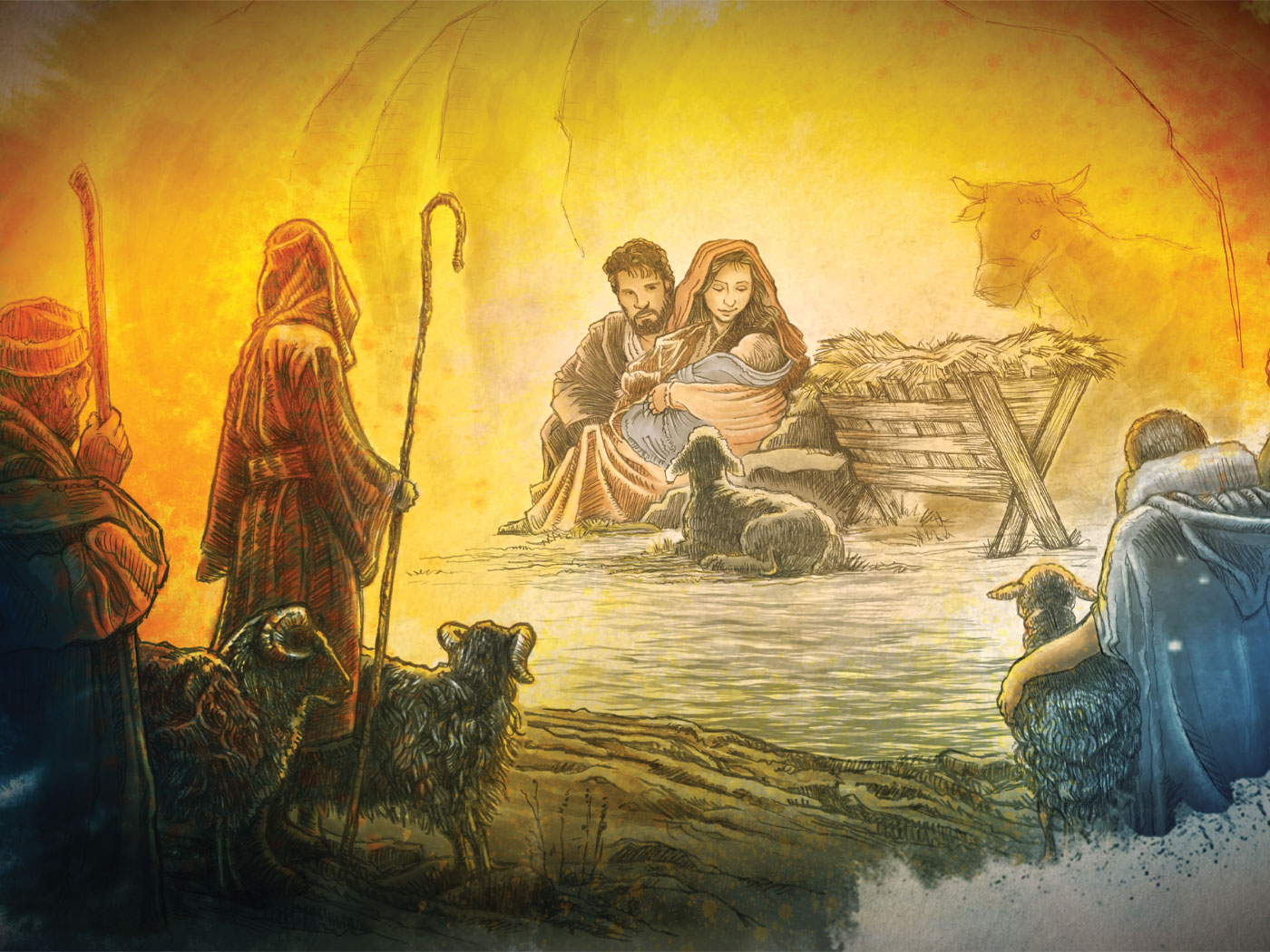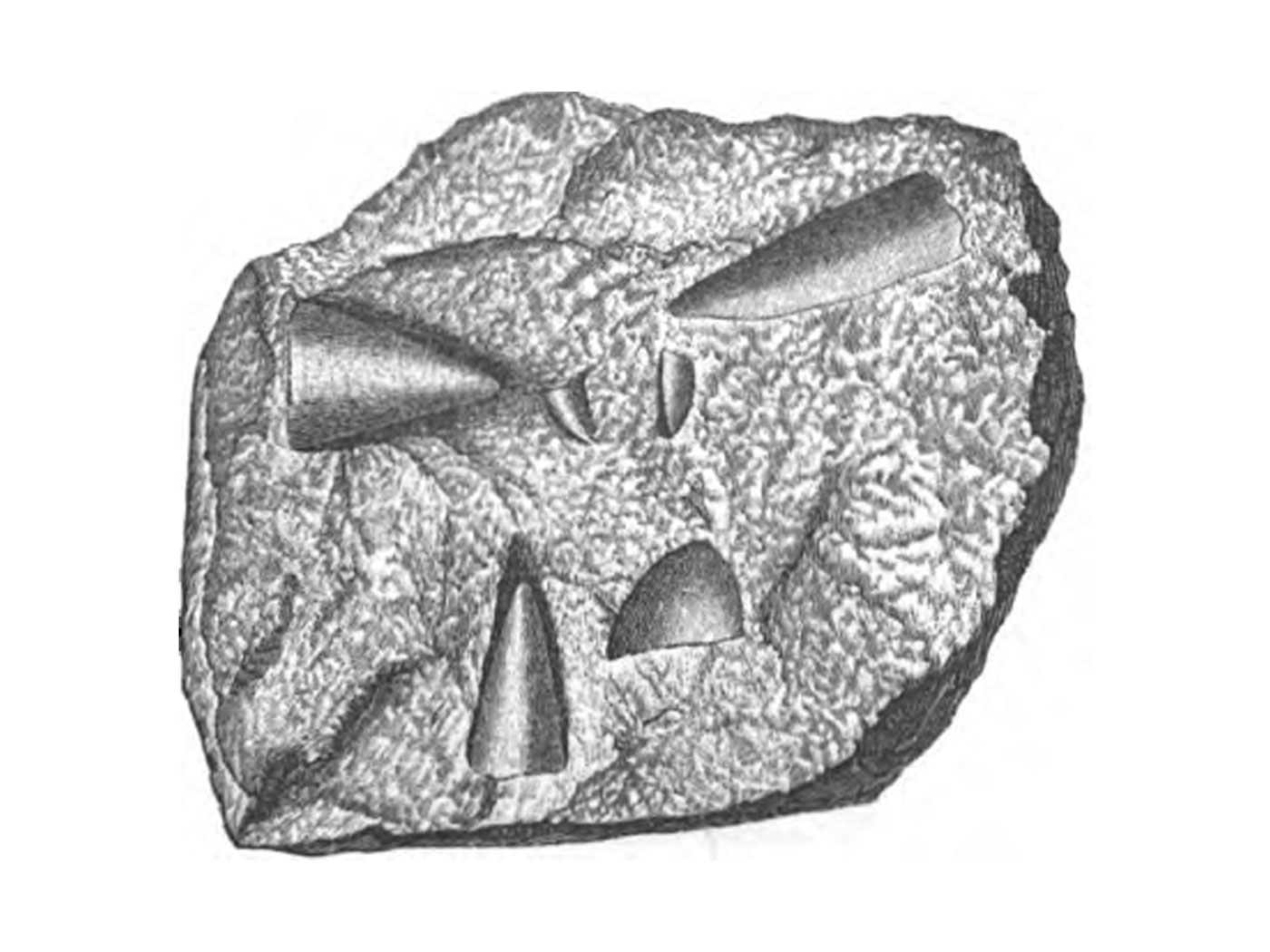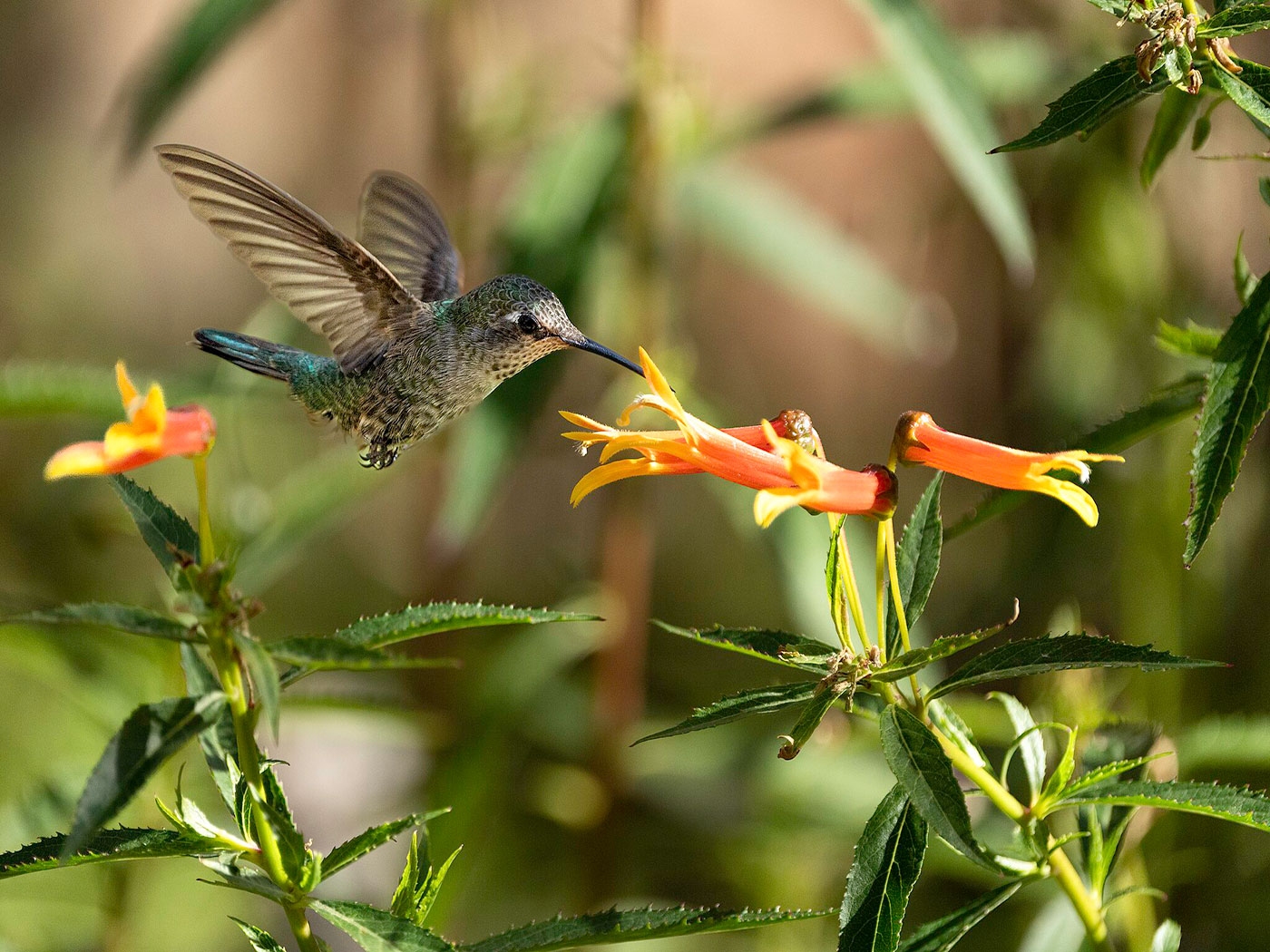Observing animals on the Galapagos Islands supposedly helped Charles Darwin come up with his theory of evolution by natural selection. But none of these animals have fulfilled the evolutionary interpretation Darwinists have placed on them, and recent evidence of a supposedly extinct Galapagos tortoise fills the same bill.
Researchers publishing in Current Biology found tell-tale genetic markers among the tortoise population that a purebred saddleback tortoise variety that was long thought extinct is actually alive somewhere on Volcano Wolf Island of the Galapagos Island chain.1 These creatures had been widely hunted by sailors on passing ships, since "tortoises were handy supplies to keep on board, as they could be stowed in the hull for months—flipped on their backs so they couldn't escape—without receiving food or water."2 Galapagos tortoises have been protected for many years now.
The researchers, led by Yale University biologist Ryan Garrick, discovered hybrid tortoises in 2007 that retained traces of the "extinct" tortoise's DNA, which they compared to specimens from the nineteenth century. The team's latest study found more hybrid species, and they concluded that one of the immediate parents of these hybrids was a purebred saddleback.1
Evolutionists and creationists would agree that the original tortoises that colonized each island have since diversified into different forms over the centuries. But the observed shape and size adjustments to the fully formed tortoise body plan do nothing to justify evolution's broadly sweeping narrative of tortoise origins. The discovery of DNA from a type of tortoise thought to be extinct only shows that the different tortoise "species" that have variously inhabited these island niches are really just varieties of the tortoise kind. The differences between them offer no evidence for the evolutionary conclusions Darwin drew from the Galapagos' creatures.
The same can be said about cormorants. The flightless Galapagos variety has stunted wings. Though they are effective divers, they can no longer fly like other cormorants. Loss of wing size, loss of flight wing feather structure, and loss of flight are the opposite of Darwinian evolution.3
Darwin's famous finches have been extensively showcased as proof of evolution, since their beak sizes have changed over time. But when lifelong Galapagos finch researchers Peter and Rosemary Grant tracked them in detail, they observed the beaks of later finch generations change back to the original beak proportions. No evolution—that is, no permanent change to the species—had taken place.4
And scientists did not expect the hybrids between land and marine iguanas that have been found in the Galapagos. They thought that unique algae-eating marine iguanas had evolved into a separate species that could no longer interbreed with its cousins, but again, no evolution had occurred.5
Just like the other Galapagos animals once considered evolutionary icons, the changes in these giant tortoises have not brought any new feature. Instead, they show the remarkable potential for expressing variations to already existing features within the fully formed kind.
References
- Garrick, R. C. et al. 2012. Genetic rediscovery of an 'extinct' Galapagos giant tortoise species. Current Biology. 22 (1): R10-R11.
- Khan, A. 'Extinct' tortoises may still be roaming a Galapagos island. Los Angeles Times. Posted on articles.latimes.com January 13, 2012, accessed February 6, 2012.
- Cosner, L. and J. Sarfati. 2009. The birds of the Galapagos. Creation. 31 (3): 28-31.
- Thomas, B. New Finch Species Shows Conservation, Not Macroevolution. ICR News. Posted on icr.org December 9, 2009, accessed February 2, 2012.
- "Hybridization between the Galapagos land and marine iguanas has been documented on Plaza Sur, however this is not a common occurrence." Marine Iguanas, Amblyrhynchus cristatus. Marinebio. Posted on marinebio.org, accessed February 20, 2012.
* Mr. Thomas is Science Writer at the Institute for Creation Research.
Article posted on February 27, 2012.













